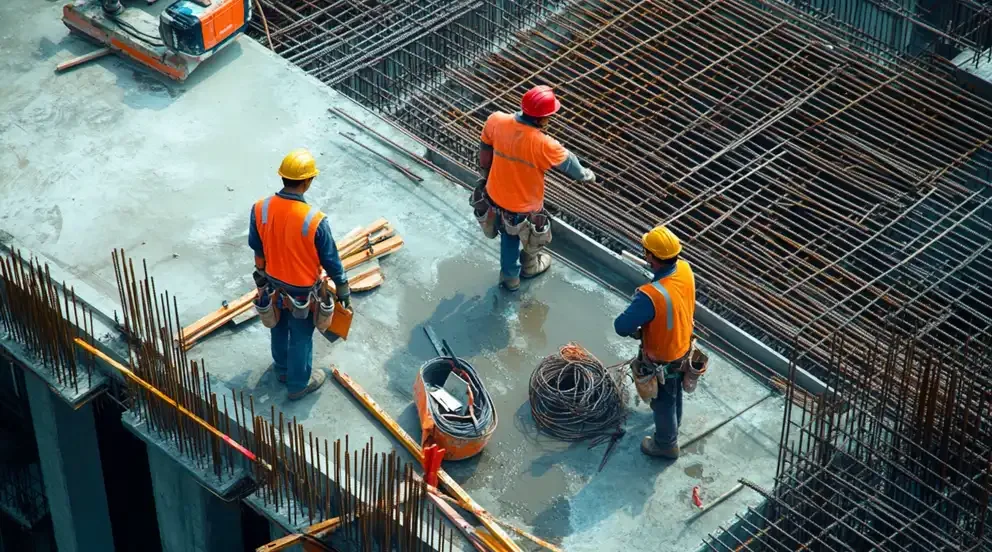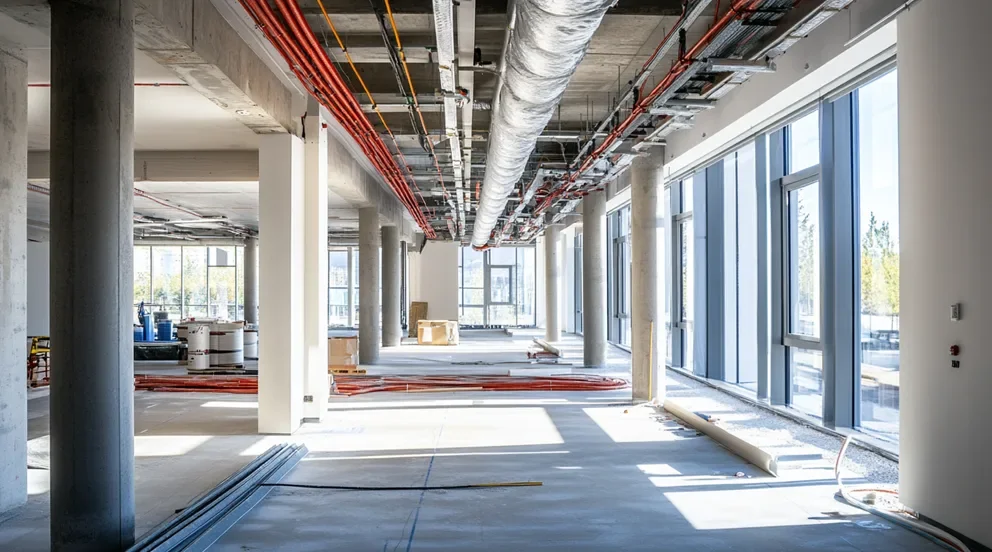Building Information Modeling (BIM) technology has revolutionized the construction industry by providing advanced tools and methods for efficient project management, design, and collaboration. BIM involves creating and managing digital representations of physical and functional characteristics of places. This technology facilitates better planning, design, construction, and management of buildings and infrastructure. As a result, BIM enhances productivity, reduces costs, and improves project outcomes.
The use of BIM technology in construction has grown rapidly due to its ability to integrate various aspects of the project lifecycle. From initial design and visualization to final construction and maintenance, BIM supports all stages, ensuring that all stakeholders have access to accurate and up-to-date information. This collaborative approach leads to fewer errors, reduced rework, and better decision-making throughout the project.
In addition to improving efficiency and reducing costs, BIM technology also supports sustainable construction practices. By enabling precise modeling and analysis of energy performance, material usage, and environmental impact, BIM helps in creating more sustainable and environmentally friendly buildings. This comprehensive approach aligns with the growing emphasis on green building practices and regulatory requirements.
Benefits of BIM Technology in Construction
BIM technology offers numerous benefits to the construction industry. Firstly, it significantly improves collaboration among project stakeholders. By providing a centralized digital model, BIM ensures that architects, engineers, contractors, and owners are all on the same page. This reduces misunderstandings and enhances coordination.
Another key benefit is the reduction of project costs. BIM helps identify potential issues early in the design phase, allowing for corrections before construction begins. This proactive approach minimizes costly changes and delays. Additionally, accurate quantity take-offs and cost estimates provided by BIM tools lead to better budget management.
Furthermore, BIM technology enhances productivity. By automating routine tasks such as clash detection and scheduling, BIM allows project teams to focus on more critical activities. The ability to simulate different construction scenarios and optimize processes also contributes to improved efficiency and faster project delivery.
Enhancing Collaboration and Communication
One of the most significant advantages of BIM technology is its ability to enhance collaboration and communication among project stakeholders. BIM provides a shared platform where all participants can access, modify, and share project information in real-time. This transparency fosters better teamwork and reduces the risk of errors caused by miscommunication.
The 3D models created using BIM technology offer a visual representation of the project, making it easier for stakeholders to understand complex designs. This visual clarity helps in gaining approvals from clients and regulatory bodies more efficiently. Additionally, the integration of various data sets within the BIM model ensures that everyone has access to accurate and up-to-date information, further streamlining communication.
Cost and Time Savings with BIM
Implementing BIM technology in construction projects leads to significant cost and time savings. By identifying potential issues early in the design phase, BIM reduces the likelihood of costly changes during construction. The ability to perform clash detection ensures that design conflicts are resolved before they cause delays on site.
BIM also improves the accuracy of quantity take-offs and cost estimates. This precision helps in better budget management and reduces the risk of unexpected expenses. Additionally, the use of BIM for scheduling allows for more efficient planning and resource allocation, leading to faster project completion.
The automation of routine tasks through BIM tools further contributes to cost and time savings. By reducing the need for manual processes, BIM frees up project teams to focus on more critical activities, enhancing overall productivity.
Supporting Sustainable Construction Practices
BIM technology plays a crucial role in promoting sustainable construction practices. The detailed modeling capabilities of BIM allow for precise analysis of energy performance, material usage, and environmental impact. This enables project teams to make informed decisions that minimize the ecological footprint of buildings.
BIM facilitates the use of sustainable materials and construction methods by providing accurate data on their performance and benefits. Additionally, BIM supports the optimization of building designs to improve energy efficiency and reduce waste. This holistic approach to sustainability aligns with the growing emphasis on green building practices and regulatory requirements.
By enabling better planning and management of resources, BIM technology also helps in reducing construction waste. The ability to simulate different scenarios and assess their environmental impact ensures that the most sustainable options are chosen. This contributes to the overall goal of creating more environmentally friendly buildings.
Future Trends in BIM Technology
The future of BIM technology in construction looks promising, with ongoing advancements and innovations. One emerging trend is the integration of BIM with other technologies such as the Internet of Things (IoT), artificial intelligence (AI), and augmented reality (AR). These integrations will enhance the capabilities of BIM, enabling more intelligent and automated processes.
For example, the integration of BIM with IoT can provide real-time data on building performance, allowing for more proactive maintenance and management. AI can enhance the analysis and optimization capabilities of BIM, leading to smarter and more efficient designs. AR can improve visualization and collaboration by allowing stakeholders to interact with 3D models in a more immersive way.
Another trend is the increasing use of BIM for facility management. By providing accurate and comprehensive data on building assets, BIM can support the ongoing operation and maintenance of facilities. This extends the benefits of BIM beyond the construction phase, contributing to the overall lifecycle management of buildings.
Key Takeaways
– BIM technology revolutionizes construction by improving collaboration, reducing costs, and enhancing productivity.
– Enhanced collaboration through shared platforms and real-time access to information reduces errors and improves decision-making.
– Cost and time savings result from early issue identification, accurate cost estimates, and automated processes.
– BIM supports sustainable construction practices by enabling precise analysis and optimization of energy performance and material usage.
– Future trends include the integration of BIM with IoT, AI, and AR, as well as its application in facility management for lifecycle benefits.



